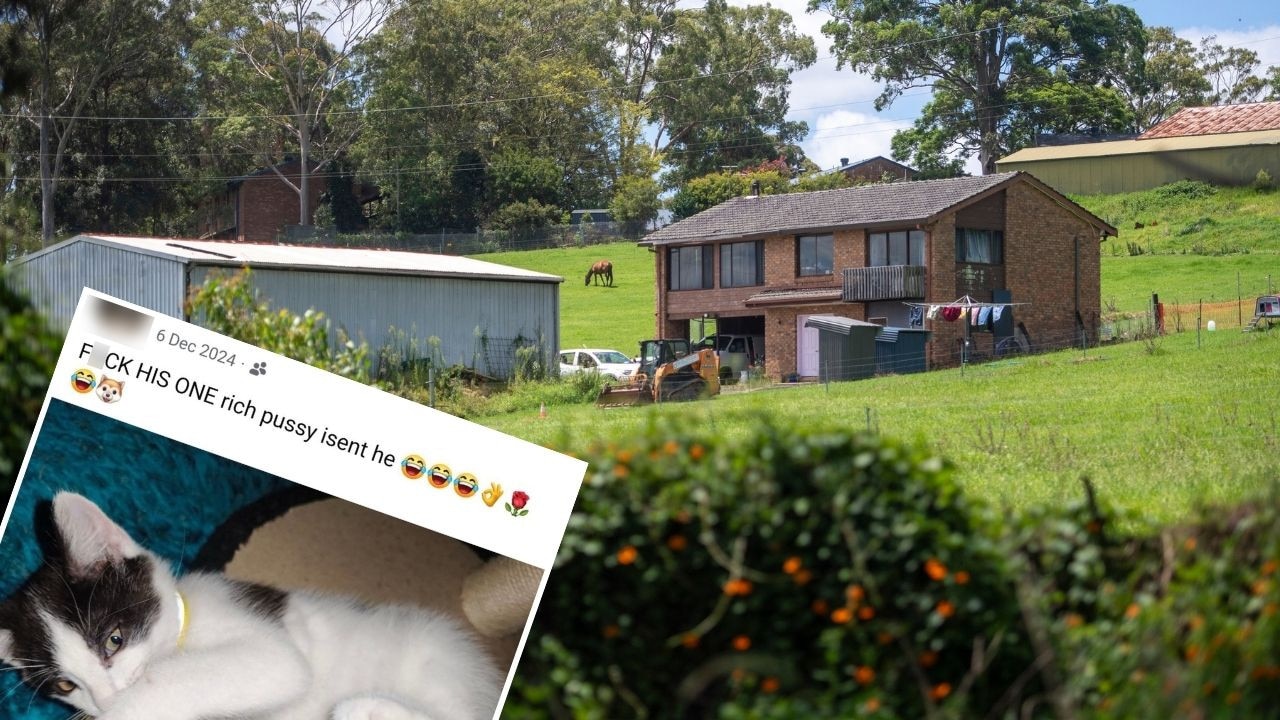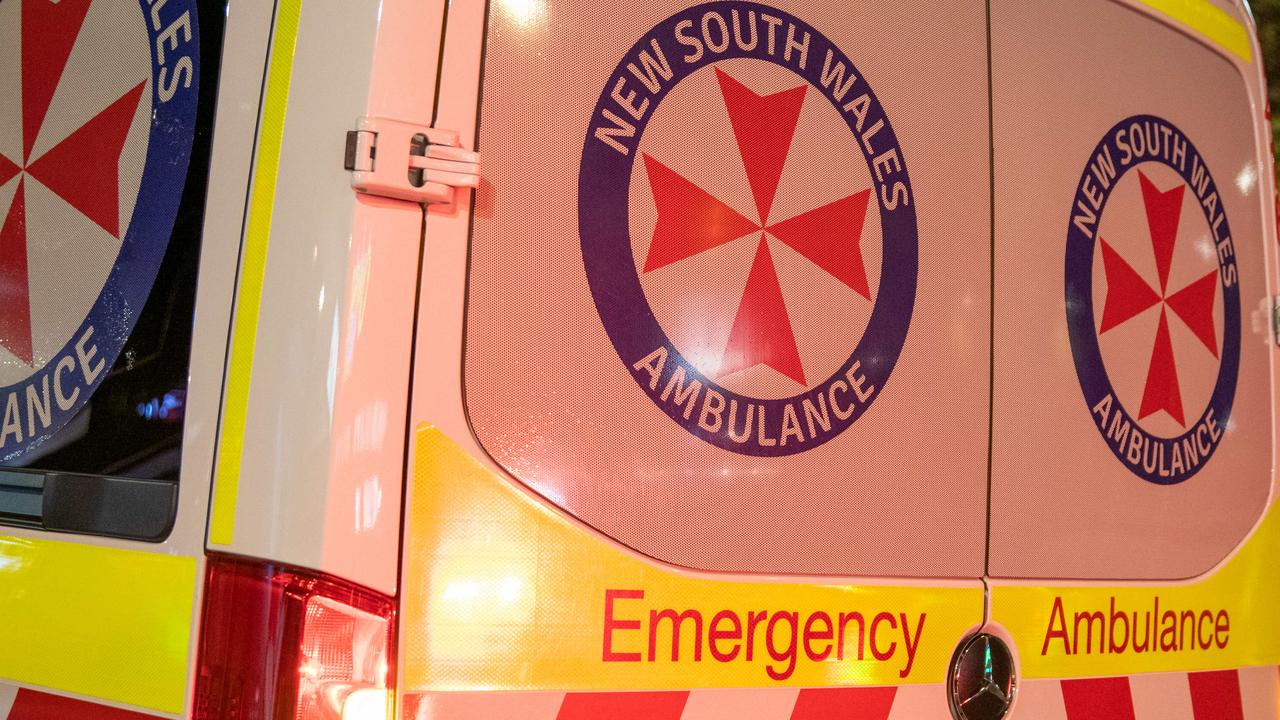‘Suicide Towers’: The dark past of Waterloo’s housing commission blocks
ICE addicts would stalk neighbours in search of needled in this notorious apartment block in the 1970s. But recent efforts promise a brighter future.
Waterloo’s housing commission blocks were dubbed ‘Suicide Towers’ by locals
It is made up of six blocks: Cook, Matavai, Turanga, Solander, Marton and Banks
While plagued by drug problems and death, a recent ‘Concierge’ program is helping turn things around.
When it came to entering the safety of her own flat, Mahdi Seifert had ninja stealth.
No creaks of the brown wooden door. No sudden movements. Just mouse-quiet techniques, honed over many months living under the fear of retribution.
She dared not wake those rabid squatters holed up in the squalid apartment next door; shaking them from their ice-fuelled stupor with the lure of opportunity.
Three thumps on that door would be the result if she made a sound and gave away her presence. “Give us some needles or we’ll cut ya,’’ they would moan from the other side, machete in hand. The cuts never came, nor did the needles. But the threats were an ever-present reminder of her home’s ill repute.
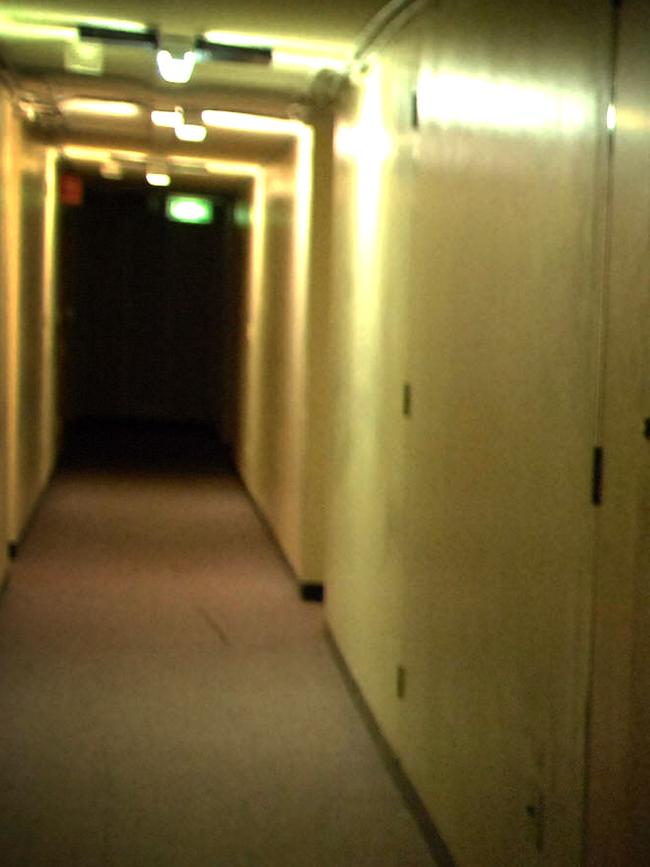
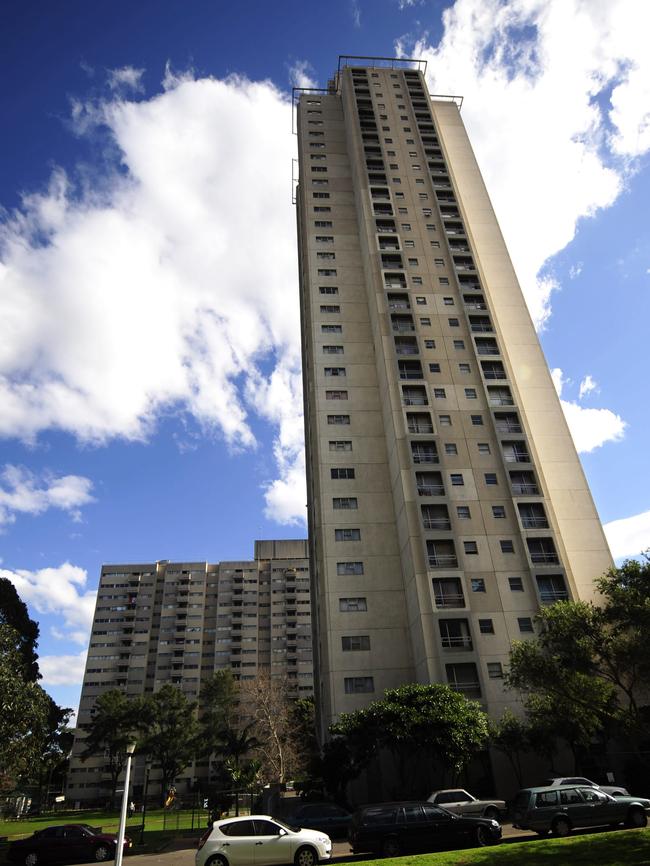
This was life amid the misery and monotony of Waterloo’s notorious Joseph Banks block, one of the six housing department behemoths grimly dubbed ‘Suicide Towers’ by the suburb’s fresh elite.
“It was an absolute nightmare,’’ she says.
MORE NEWS
SYDNEY CBD BRAWL: MAN FIGHTING FOR LIFE AFTER GEORGE ST ASSAULT
The 60-year-old is, thankfully, talking in past tense.
This bleak, grey housing commission tower which for decades has cast a darkened shadow over the southern fringes of Redfern, with or without nature’s help, is now a few promising footsteps along the pathway to redemption. A few.
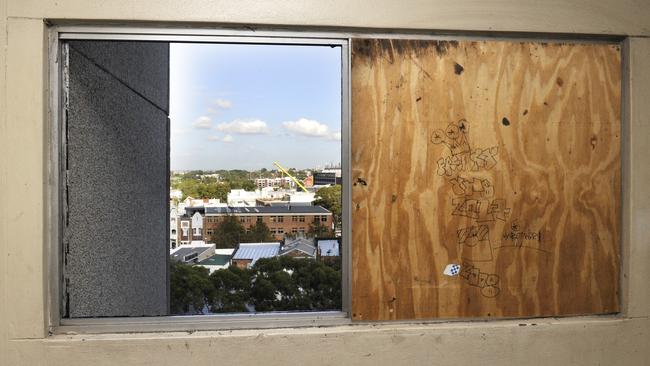
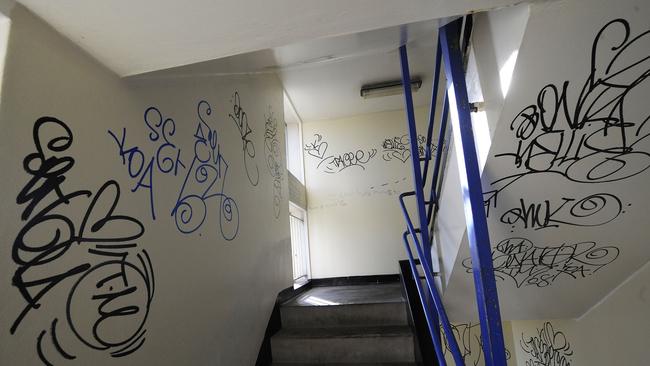
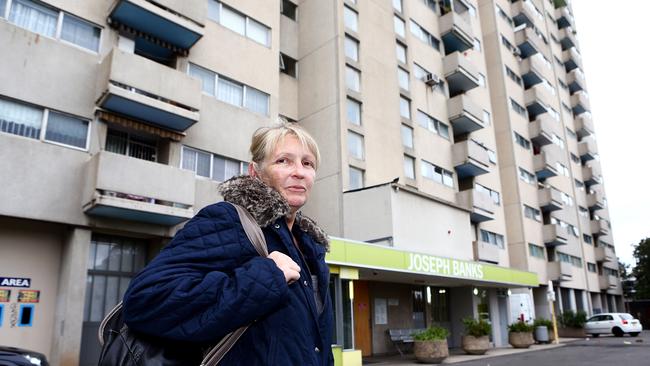
Gentrification and a greater police presence has lifted security and chased away the ice mongers.
But the biggest aid to change has been the men who now guard the automatic doors at the foot of each tower; the men keeping watch on who comes and goes; whose task is to keep the demons at bay.
The concierges.
Such is their affectionate title. Housing NSW prefers security, despite their lack of credentials and, well, the type of brawn you don’t chance.
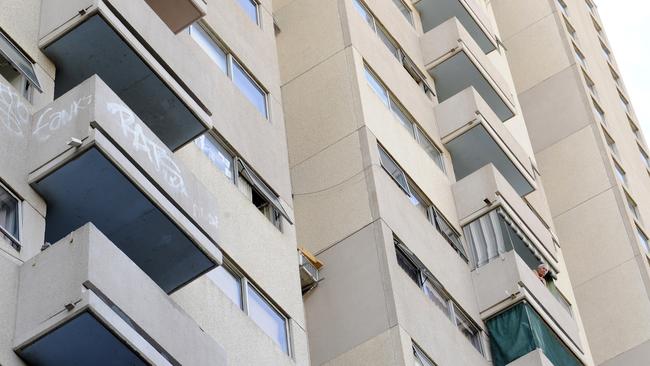
The concierge crew is the result of a successful pilot program launched by Housing NSW to bring some semblance of security and safety to Sydney’s most disreputable housing blocks - Cook, Matavai, Turanga, Solander, Marton and Banks.
Every minute of every day, they have a presence here, through the glass panels, their fingers on the magical button that opens the doors _ guard, authority, enforcement and friend; ensuring that every person who walks through those doors offers no threat to residents.
“The door used to get kicked in nearly every night. The lifts were always broken because the druggies would damage them if they couldn’t get their deal. It was hell.’’ Mahdi says.
“People use to come in and sleep along the hallways; squatters. Every night some car would be vandalized. They could come and jump on the car roofs, jump from one to the next. But that has all stopped now. This place has vastly improved.”
Good news stories are treasured on this side of the street, which stares blankly across the road from multi-million dollar Victorian terraces, hipster cafes and a phalanx of good fortune and vibes.
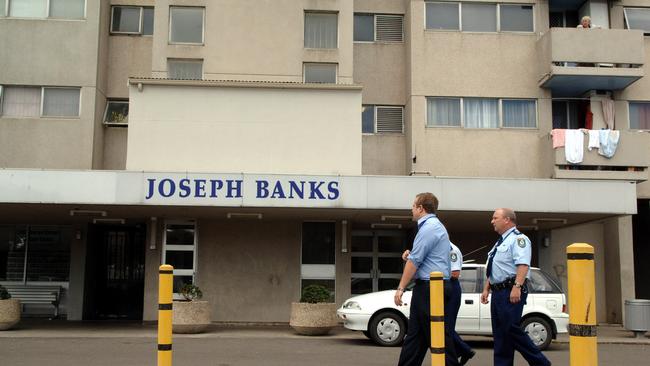
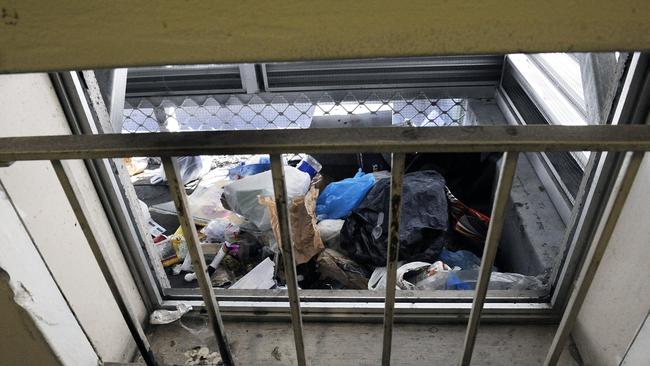
Suicide Towers is a story a long way from fiction. The six Soviet-styled, 70s-era marauding blocks have a tortured history, filled with dark moments where life simply became too much for some to bear. Casting themselves off their concrete balconies was their sorry answer.
‘Geez it was horrible to watch’
Countless residents have seen such with their own eyes, or the grisly aftermath, including Mahdi, who watched a man fling himself from Joseph Banks, three stories from the roof.
“Geez it was horrible to watch.’’
Even the suicides have abated, such is the shifting sands that have brought some level of community cohesion and security that had been missing.
Such a softening to the mood around the towers is perhaps best displayed in the somewhat ugly Joseph Cook tower. A decade ago, this bunker was barely half full, with its reputation for rampant drug use, drunks and violence too much for people to consider, even as a last resort.
Today it’s full and its mood is progression.
You don’t, however, have to tear back the façade to find the face of pain.
Michael is pushing a shopping trolley through the TJ Hickey Park _ so named after the young Indigenous kid impaled himself on a metal fence whilst being chased by police, a moment that sparked the 2004 Redfern Riots.
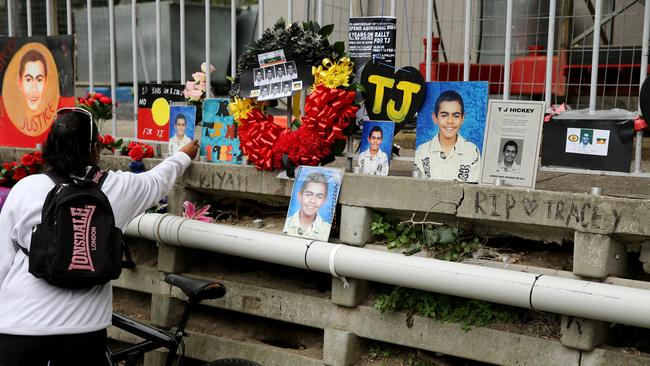
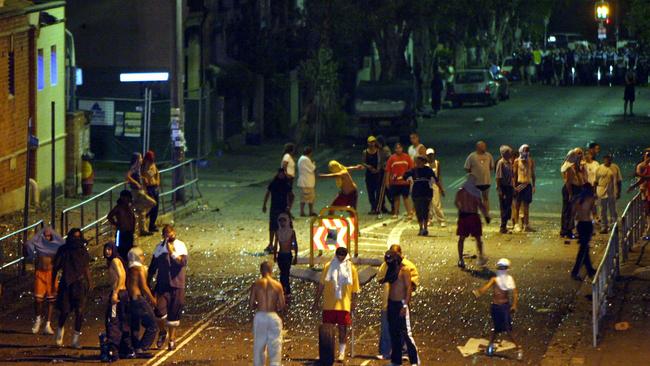
He’s got a vacuum cleaner in the cage, something he picked out of someone’s trash that could have some value if he fixed it, and his unwashed hair and rough beard have a nest quality most birds would find attractive.
Suicide is something he is considering.
He’s tired of the dark realities of life around these menacing towers, and the fact he can’t escape them.
“I’ll probably end up suiciding. What am I suppose to do? How can I get out of this place?,’’ he says, as the cackle of drunkards sinking VBs near the community garden fill the air. They appear to be a permanent fixture, despite the signs that denote its an alcohol-free zone.
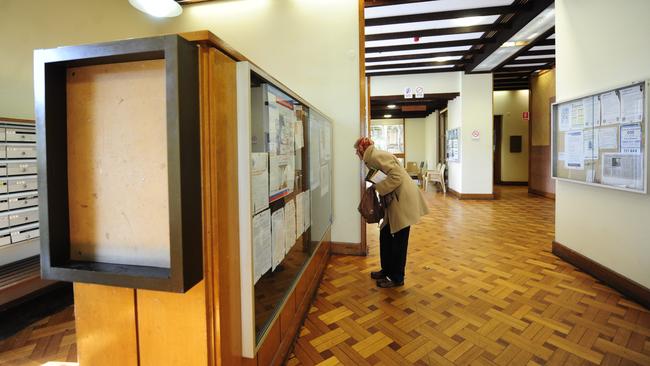
Michael doesn’t think the presence of the concierges have helped improve safety around these
parts. He claims he was assaulted by one of them 18 months ago after he complained about one of the lifts being broken.
“He threatened to shoot me in the neck.”
“I don’t feel safer. I’ve got a young girl living next door to me who has a dealer of a boyfriend who has been breaking into people’s apartments. How are they going to stop him?’’
“He threatened to shoot me in the neck. Wasn’t the concierge security meant to stop people like that from coming in? He never even signs in.’’
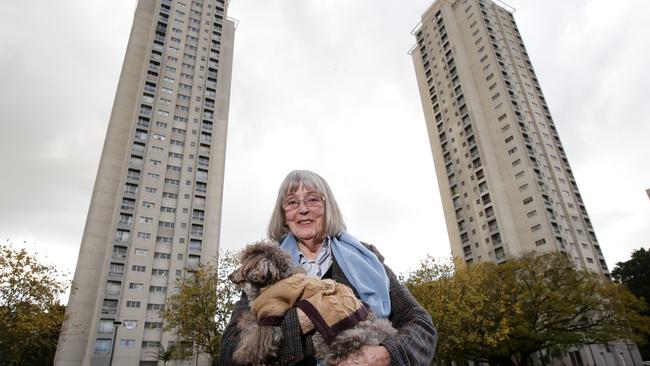
Catherine Skipper, 77, grew tired of strangers knocking on her door. She’s lived in the Waterloo housing estate for five years with her toy poodle Finnigan and has finally got her nerves back.
“Prior to the security, it was actually, it was nerve racking. I was sometimes afraid walking out to the road - and going out to the garden, I didn’t go out to the garden at night,’’ she said.
“Since the concierge has come I haven’t really any fear of entering the building. I have no worries on my floor either. Because prior to the concierges coming in, there might be strange people in your corridor, knocking on the door.”
“Particularly for women, it is a protection for women, because people are more likely to be aggressive to women. I certainly feel we’ve benefited.”
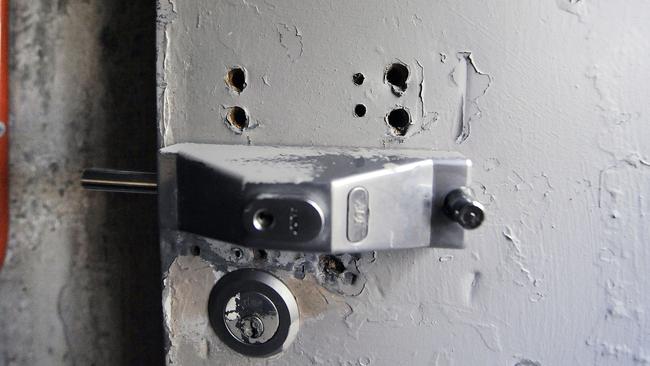
While Housing NSW opted not to release the findings of the three-year concierge trial - dubbed the Waterloo Green Neighbourhood Project - the results abound on the faces of the locals.
Mike Shreenan sees them when they walk into his Factory Community Centre.
“There were teething issues, like there are with any pilot project. But it has definitely made a difference with the security of the buildings, with crime and anti-social behavior,’’ he said.
“It has had a tremendous effect. With the presence of someone there 24 hours a day, someone who they can call on if they get into trouble, reassures people. There are a lot of seniors living in these blocks, and a lot of vulnerable people whose real issue is the fear of crime rather than the actual crime.”
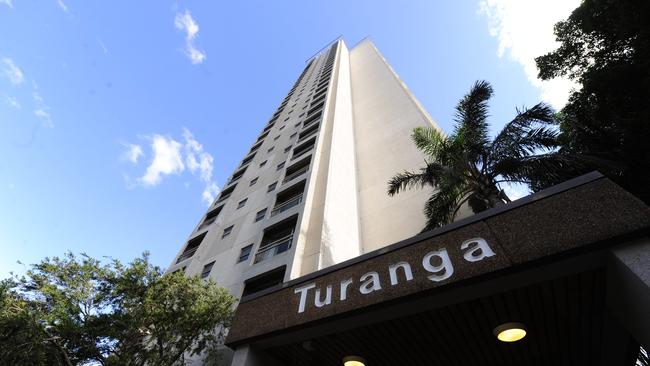
Those teething problems are best explained by Ross Smith, a man frustrated by the program’s implementation. He lives in one of the walk-up housing flats that stare across the road at the six blocks, but spends many hours walking its corridors, chatting to residents as a defacto community liaison.
“The project itself has merit, but the implementation is abysmal and remains so to this day,’’ he said.
“The intercom systems were not functional for a long time … the tenant has no ability to call the concierge desk, the sign-in book system is rarely implemented. The security is more a observe and report post.’’
He maintains that the desks have done nothing to address safety issues, and primarily anti-social behavior inside the building.
“...Controlled entry has not entirely eliminated unauthorised access and anti-social behavior”
The buried briefing report on the project conducted by the University of NSW, which the Daily Telegraph has obtained, claimed damage to property had fallen $100,000 in the first year of the pilot, and general safety had been improved.
But admitted “controlled entry has not entirely eliminated unauthorised access and anti-social behavior”.
In the seven years Superintendent Luke Freudenstein has commanded the Redfern Local Area Command, the crime rate that was once the embarrassment of the State, has rapidly abated.
In May 2005, just one month, there were 100 robberies recorded in the district, with the Waterloo Towers the epicenter of such deeds. In the last 12 months, the LAC is yet to reach triple figures.
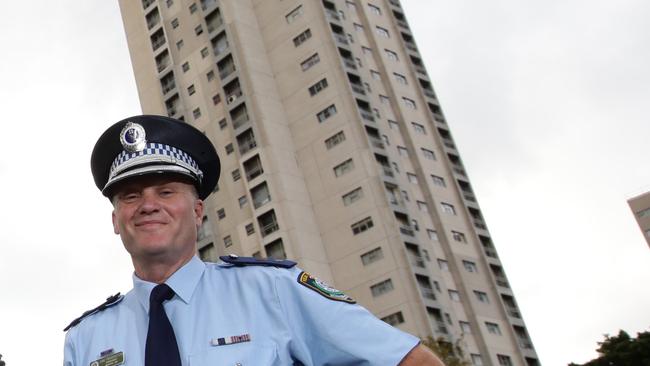
And Suicide Towers? Virtually a ghost from the past.
“The concierge model has really helped things. What Housing has done has really assisted us with security; putting on guards and tightening up the fire access and entrances and exits,’’ he said.
“We get a lot of dealers who come from the outside and prey on our mid-level people in public housing. But one thing that Housing is doing that we support is simply getting rid of them; evicting them. And it’s working.
“There is not that much suicide now. They are few and far between. A lot of our police that have been here for an extended period used to speak about a lot of suicides coming from the towers. But not any more.”
An improvement, it seems, nonetheless.
Comfort enough for folk like Mahdi.
* For support and information about suicide prevention, contact Lifeline on 13 11 14 or Suicide Call Back Service on 1300 659 467.

